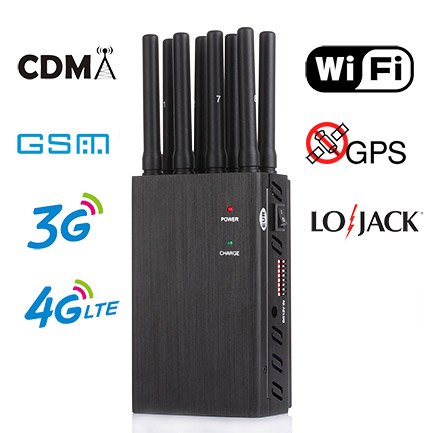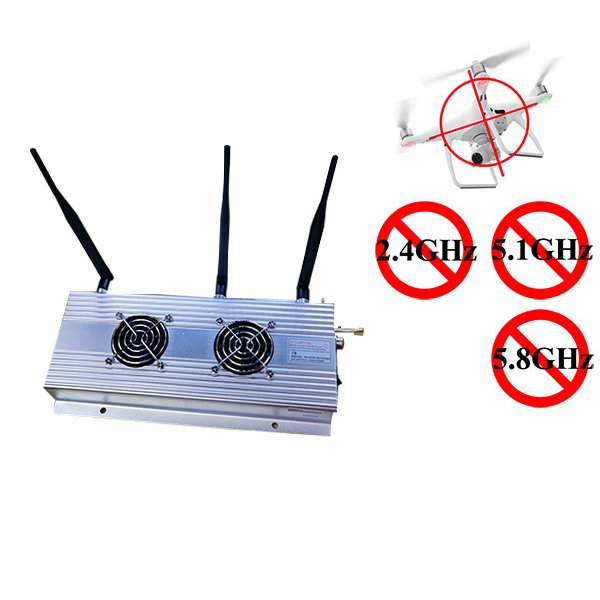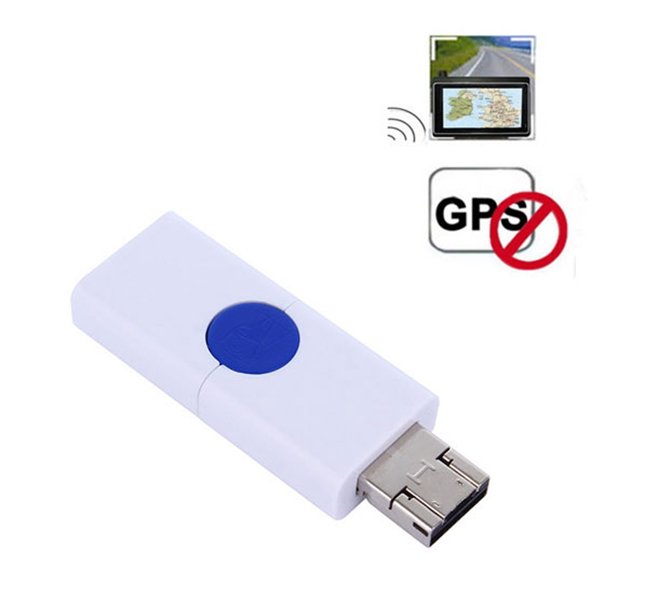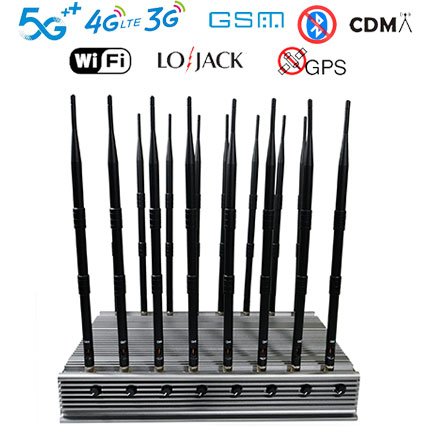Congratulations on purchasing a phone jammer! With this device, you can now block your phone and surrounding phones from sending and receiving messages and calls. Whether you want to eliminate distractions, stop cheating in class, or just enjoy a moment of peace and quiet, your phone jammer will soon become your trusted companion.
When you unpack your phone jammer and examine its components, you may find that setting it up is a little more complicated than flipping a switch. But, fear not! With the help of the Internet and experts like us, you will be able to smoothly navigate the setup process.
In this article, we will walk you through how to set up a phone jammer step by step and give you some extra tips to enhance your phone jamming experience. Read on to become an expert at using a phone jammer.
Common Questions About Phone Jammers
Before diving into the setup process, you may have a few questions, and rest assured that you are not alone. Due to the laws, regulations, and restrictions regarding phone jammers and other signal jammers, most people lack experience and readily available information. A thorough understanding of what a phone jammer is, how it works, and the situations in which it can be used will help you set up your device more effectively.
How do phone jammers work?
A phone jammer is a device designed to interfere with the signals exchanged between a cell phone and a cell tower. These devices effectively block the device from communicating with the outside world via cellular data.
Phone jammers achieve signal blocking by overwhelming the radio frequencies that phones use to communicate. They do this by emitting the same radio frequency signals that are used by phones and cell towers. As a result, phones within range of a phone jammer will not be able to send or receive calls and text messages.
It is worth noting that many modern phones have additional means of communication. These include WiFi-assisted calling and messaging, Bluetooth connectivity, and GPS signal use. To this end, several signal jammer manufacturers have developed jammers that are capable of blocking multiple forms of communication.
If you purchase a basic phone jammer, it may only be able to block cellular data. However, more advanced jammer models can block cellular data as well as WiFi, Bluetooth, and GPS signals.

Are Phone Jammers Legal?
Please note that potential customers must do their own research and make an informed decision about the legality in their area before purchasing and using a phone jammer. Many countries have banned the use of phone jammers and all types of signal jammers. However, it should be noted that signal detectors are passive devices and are not subject to any restrictions.
Phone jammers were originally developed by the military and law enforcement to disrupt adversary communications. These signal jammers can also prevent cell phone bombs from going off and assist in hostage situations by preventing criminals from communicating with each other. The use of phone jammers in law enforcement and military operations is widespread and can save lives.
In recent years, due to technological advances, some countries have begun to legalize the use of cell phone jammers, allowing emergency communications to operate while other communications are disrupted. Most phone jammers are now able to interfere with regular cell phone signals without affecting the frequencies used by law enforcement and first responders.
For example, France has allowed the use of Cell Phone Jammers in venues where silence is required since 2004. French citizens can now use phone jammers in movie theaters and other performance venues. India has used jammers in political arenas and prisons, while universities in Italy use them to prevent students from cheating.
Overall, trends suggest that signal jammers will gradually become legal in more jurisdictions as technology continues to improve.
Can a cell phone signal booster counteract a phone jammer?
Signal boosters and cell phone signal amplifiers can only boost existing signals. If you use a phone jammer to block a cell phone signal, the signal booster will not be effective. Therefore, a signal booster cannot counteract the effects of a phone jammer.
However, as described in the next section, there are some situations where a phone jammer may be ineffective. If the target phone is receiving a strong signal due to a signal booster, your phone jammer may not have enough output power to cover the signal. Or, your phone jammer may be set up too far away to effectively interfere with the signal.
What is the range of my phone jammer?
Several factors affect the range and effectiveness of a phone jammer. Cell phones rely on signals from nearby cell towers to work properly, and phone jammers interfere with those signals.
As a general rule, the output power of a phone jammer must be equal to or greater than the signal strength of the target phone. The stronger the cell phone signal in the area, the higher the output power the jammer needs to have. If the jammer is not powerful enough, it must be placed closer to the phone it is blocking.
For example, a phone jammer with a nominal output power of 1W per channel can effectively block cell phones within a range of 10 to 30 meters. However, this range only applies if the overall signal strength of the cell phones in the area is weak or moderate. In other words, the jammer will successfully block cell phones with a signal strength of 1 or 2 bars.
In the same scenario, if the cell phone signal is strong with 3 to 4 bars of signal, the jammer only needs to be placed 3 to 10 meters away from the target phone. Unfortunately, a cell phone jammer may be ineffective if the signal strength in a particular area is too strong for the device’s output power.
To ensure you purchase the right cell phone jammer for your needs, you should first assess the cell phone signal strength in the area you intend to block the signal in. Then select a jammer with enough output power to effectively cover the desired radius.
11 Steps to Setting Up a Phone Jammer
Now that you have a better understanding of how phone jammers work and what factors affect their functionality, you can follow the steps below to set up a phone jammer. Having a good understanding of your jammer equipment and the signals in the area will help you successfully block the signal.
1.Determine the purpose of using a jammer
Before activating a jammer and expecting successful results, it is critical to carefully assess your needs. Understand why you are purchasing a phone jammer and the specific circumstances in which you need its functionality. Choosing the wrong jammer can result in poor performance or complete failure.
Consider whose phone signals you want to block. Will you be blocking signals indoors or outdoors? Do you have the option of replacing batteries or connecting the jammer to a power source while in use?
Common scenarios for using phone jammers include educational institutions, public transportation, workplaces, places of worship, political institutions, prisons, and performance venues. Each venue presents its own challenges for the effective operation of a jammer, so make sure you clearly understand how the device will be used.
2.Evaluate cell phone signal strength
If possible, check cell phone signal strength in the area where you intend to use the phone jammer. Take out your phone and observe the signal bars as you move through the area. Note where the signal bars increase or decrease.
To ensure your jammer performs optimally even in adverse conditions, determine the maximum signal strength in the area. If the area consistently provides three bars of signal even in a specific location, select a jammer with higher output power to compensate.
Keep in mind that thick walls, especially those made of metal or concrete, can interfere with cell phone signals and the effectiveness of the jammer. Consider the location of the target phone relative to the jammer and account for any obstructions that may hamper its performance.
3.Choose the Right Model
Once you’ve assessed the area and considered all the factors, it’s time to choose the right jammer. There are various types of signal jammers on the market, so make sure you buy one that’s specifically designed to block cell phone signals. Ask yourself the following questions:
- Do I need a portable jammer?
- How long do I need the jammer to work?
- What radius should the jammer cover?
- Do I need a jammer to block other types of signals, too?
Of course, your budget will also affect your choice of jammer. More powerful, more versatile devices tend to be more expensive. Basic portable jammers cost around $150, but advanced models can cost several hundred dollars.
Also, check the specific features of your chosen model, including:
- Operating time: How long the device can remain active on a single charge.
- Interference range: The distance at which the jammer signal can effectively block the device’s signal.
- Power source: The type of power source the jammer device requires, such as batteries or an electrical outlet.
Make sure you have a reliable power source to keep the jammer running throughout its intended use.
4.Verify the jammer’s output power
One of the most critical specifications of a jammer is its output power. Understanding output power and how it relates to cellular signal and range will help you configure your jammer for optimal performance. To check the output power of your jammer, refer to the manufacturer’s specifications.
For many devices, you can also determine the output power by activating the device and reading the displayed information. Some models may even offer different output power levels, so make sure you select the appropriate power level.
5.Determine the jammer’s coverage range
If you can’t find the jammer’s range in the specifications, or didn’t check it before buying, there are other ways to determine it:
- Manually test the device’s range by walking away with your own phone and monitoring the signal bars.
- Compare the jammer’s output power to the cell phone signal strength in the area.
As mentioned earlier, a jammer with 1W of output power can typically block moderate-level cell phone signals within a range of 10-30 meters. You can use this as a reference point to estimate the jammer’s range.

6.Make sure the jammer is fully charged
Before you start using the jammer, make sure it has a sufficient power source. If the jammer is battery-powered, replace it with a fresh battery. If charging is required, use a designated outlet to fully charge the device before operation.
7.Get familiar with the jammer’s settings
Basic phone jammers may have limited options, but more advanced models offer more settings. These advanced jammers allow you to switch the frequencies and networks you want to block and adjust their range. Take the time to explore and understand the available settings so that you can properly configure the jammer for your specific requirements.
8.Choose the Optimal Location
Recall your initial area scan and note changes in cell phone signal strength. Are there any obstructions that are affecting signal quality?
To maximize the effectiveness of your cell phone jammer, choose a location that is closest to the area with the strongest cell phone signals. This will enhance the range of the jammer and its ability to block the strongest signals. Also, make sure the jammer is not placed behind any obstructions that could weaken its own signal.
9.Activate the Jammer
While each cell phone jammer model may have a different activation method, they all provide a way to turn the device on and off. Most models come with an indicator light that illuminates when the device is operating, as well as a separate indicator light to indicate charging time. Some models even come with a display that activates when the device is powered on.
10.Configure the Appropriate Settings
Now that your jammer is turned on and properly positioned, choose the optimal settings for best performance. Make sure you are blocking the most common cell phone signal channels, specifically the network frequencies. If 5G networks are available in your area, it is critical that you set the jammer to cover the 5G spectrum.
11.Test the Jammer
To confirm that your cell phone jammer is functioning properly, perform a personal test. Take out your phone and walk around the neighborhood to verify that you cannot get a cell phone signal anywhere. If any adjustments need to be made to improve the performance of the jammer, make those adjustments accordingly.
Activate Your Phone Jammer
By following the guidelines and ensuring your phone jammer is set up correctly, you can effectively block cell phone communications. Whether it’s for a workplace meeting, a college exam, or just seeking some peace and quiet, you’ll be prepared.
Discover a wide range of signal jammers to suit every need and budget at JAMMERSIGNAL. Start browsing for a phone jammer that fits your requirements today!





